What’s the ROI of Automated Coil Packing Lines for a Modern Steel Mill?
As a business owner, you face pressure from all sides. I've been there. In the steel industry, you're constantly battling volatile energy prices, rising labor costs, and aging equipment that struggles to keep up. Often, the final stage of your production—the packing line—is an overlooked but critical bottleneck. A slow, manual packing process is like a leak in your revenue pipeline. It causes production delays that ripple backward, increases the risk of workplace accidents, and consumes more energy and materials than necessary. These inefficiencies quietly drain your profits every single day. But what if you could turn this cost center into a powerful value driver? An automated coil packing line isn't just another machine; it's a strategic investment that directly attacks these costs and bottlenecks, paving the way for a more profitable and stable operation.
An automated coil packing line in a steel mill typically delivers a full return on investment (ROI) within 18 to 36 months. This rapid payback is driven by significant reductions in labor costs, minimized material waste through precise application, increased throughput by eliminating bottlenecks, and lower energy consumption per ton of steel packed. It transforms a variable, manual process into a predictable, high-efficiency system.
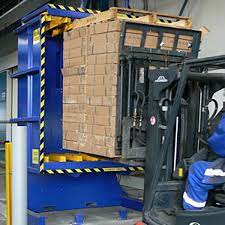
But ROI is more than just a number on a spreadsheet. It's about solving the real-world challenges that keep a leader like you awake at night. It’s about building a more resilient, efficient, and future-proof operation. Let's break down exactly how this investment pays off in the areas that matter most to a steel business, from direct cost savings to long-term strategic advantages. I've built my career on understanding these details, and I want to share what I've learned with you.
How Can an Automated Coil Packing Line Tackle Rising Energy and Labor Costs?
Your energy bills and your payroll are likely two of the largest and most unpredictable lines on your operating budget. Manual packing operations are surprisingly resource-intensive. You have workers handling heavy materials, machines running constantly, and a process that is difficult to optimize. I've seen it countless times in factories I've visited. You might think your manual team is working hard, but the hidden costs are staggering. Think about the time your packing crew spends waiting for a coil from the crane, or the wrapping machine idling at full power while they prepare materials. These small, moment-to-moment inefficiencies add up to a massive financial drain over the course of a year. An automated system provides a direct, measurable, and permanent solution. It is engineered to optimize every movement, every wrap, and every second of operation to cut down on waste and create a predictable, highly efficient workflow.
Automated coil packing lines directly reduce operational costs by optimizing energy usage with high-efficiency motors and on-demand operation, often cutting electricity consumption for the packing process by up to 30%. They also allow you to reassign two to four manual laborers per shift to more critical, higher-value tasks, significantly lowering your direct labor expenses and the associated costs of training, benefits, and turnover.
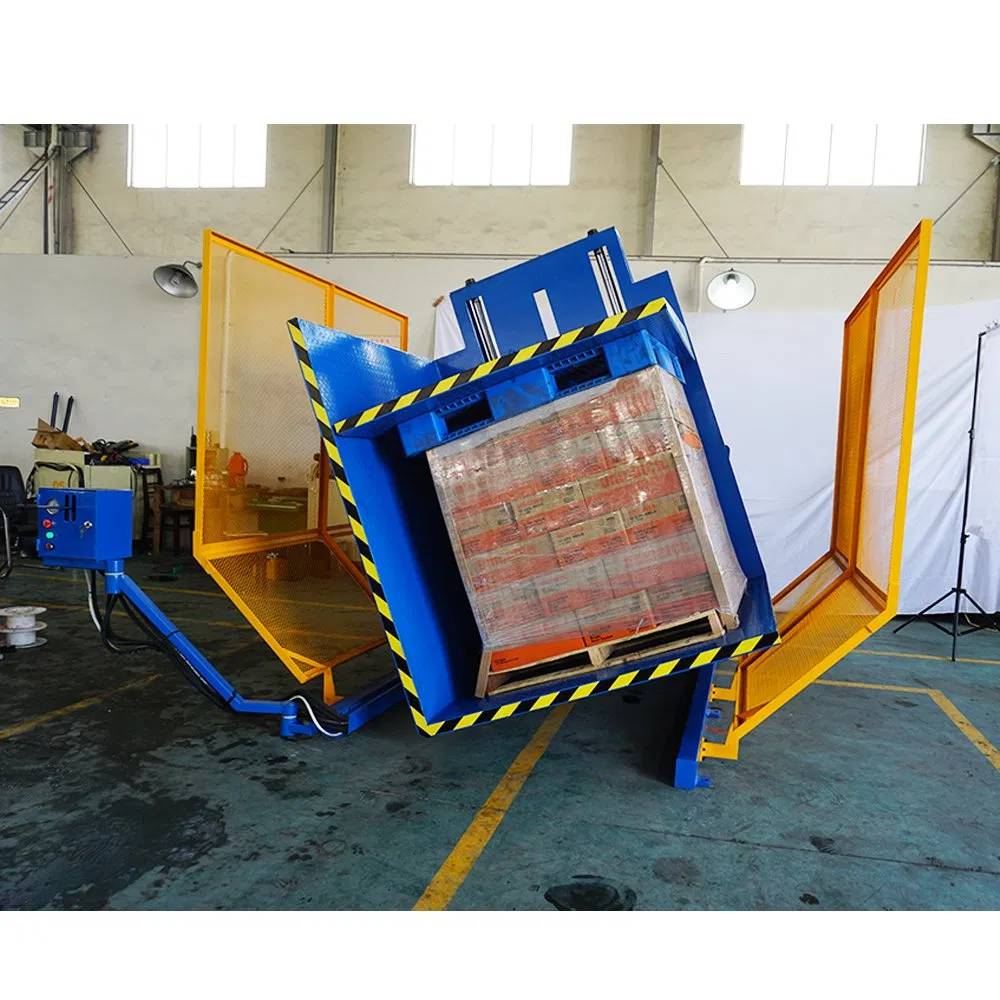
A Head-to-Head Cost Comparison: Manual vs. Automated
When I work with clients, I always start with the numbers. The difference between a manual and an automated process is not subtle; it's a fundamental shift in operational efficiency. Let's look at a typical scenario for a steel mill packing line. The data below is based on averages I've collected over years in the field.
| Metric | Manual Packing Line | Automated Packing Line | Impact |
|---|---|---|---|
| Labor Requirement | 3-4 Operators per Shift | 1 Supervisor per Shift | 60-75% Reduction in Labor |
| Energy Consumption | High (Constant operation) | Low (On-demand, VFDs) | 20-30% Reduction in Energy |
| Material Waste (Film) | 15-25% (Inconsistent wrap) | <5% (Precise, powered pre-stretch) | Significant Material Savings |
| Throughput | 8-12 Coils per Hour | 20-30 Coils per Hour | >100% Increase in Capacity |
The Hidden Savings You Might Overlook
The table above shows the obvious wins, but the real value often lies in the hidden savings. Think about indirect labor costs. With a manual team, you have costs associated with continuous training, high turnover rates, and the constant risk of safety incidents, which drive up your insurance premiums. Automation standardizes the process, creating a safer and more predictable environment that drastically reduces these hidden expenses.
I remember a client, a pragmatic factory owner much like yourself, who was running a very successful pipe mill. He was skeptical about the ROI. His plant manager swore that their manual packing team was the most efficient in the region. We agreed to a simple one-week audit. We installed sensors and found that the wrapping machines were in an idle state—consuming full power but doing no work—for nearly 40% of the shift. They were waiting for materials or for the crane to move finished bundles. After we installed a fully automated line, his energy bill for that section dropped significantly. More importantly, his overall plant throughput increased by 15% because the packing bottleneck was finally gone. He was then able to reassign his most experienced packing crew members to final quality control and shipping logistics, a much better use of their valuable knowledge. This is the true power of automation: it doesn't just cut costs, it unlocks hidden potential in your people and your plant.
What’s the Real Impact of Automation on Equipment Uptime and Maintenance?
If your plant is like many others in the steel industry, you have critical equipment that has been running for over 15 years. You know the constant threat of unplanned downtime. It doesn't just stop one machine; it creates chaos on the production floor, causes a cascade of delays, and ultimately leads to disappointed customers. When your final packing line goes down, your entire multi-million-dollar production facility can grind to a halt. The cost isn't just the price of the spare part and the mechanic's time. It's the thousands of dollars in lost production for every hour the line is down, the risk of missing a shipping deadline, and the slow erosion of your reputation as a reliable supplier. Modern automated systems are designed to combat this problem directly. They are built for reliability and equipped for predictive maintenance. This isn't just a replacement for an old machine; it's a strategic upgrade to a more stable and predictable operation.
Automation dramatically increases equipment uptime to over 95% by replacing unreliable, aging components with robust, modern technology designed for continuous operation. More importantly, integrated sensors and diagnostics enable a predictive maintenance strategy. This allows you to shift from a reactive "fix-it-when-it-breaks" model to a proactive "prevent-the-failure" approach, which nearly eliminates costly unplanned downtime.
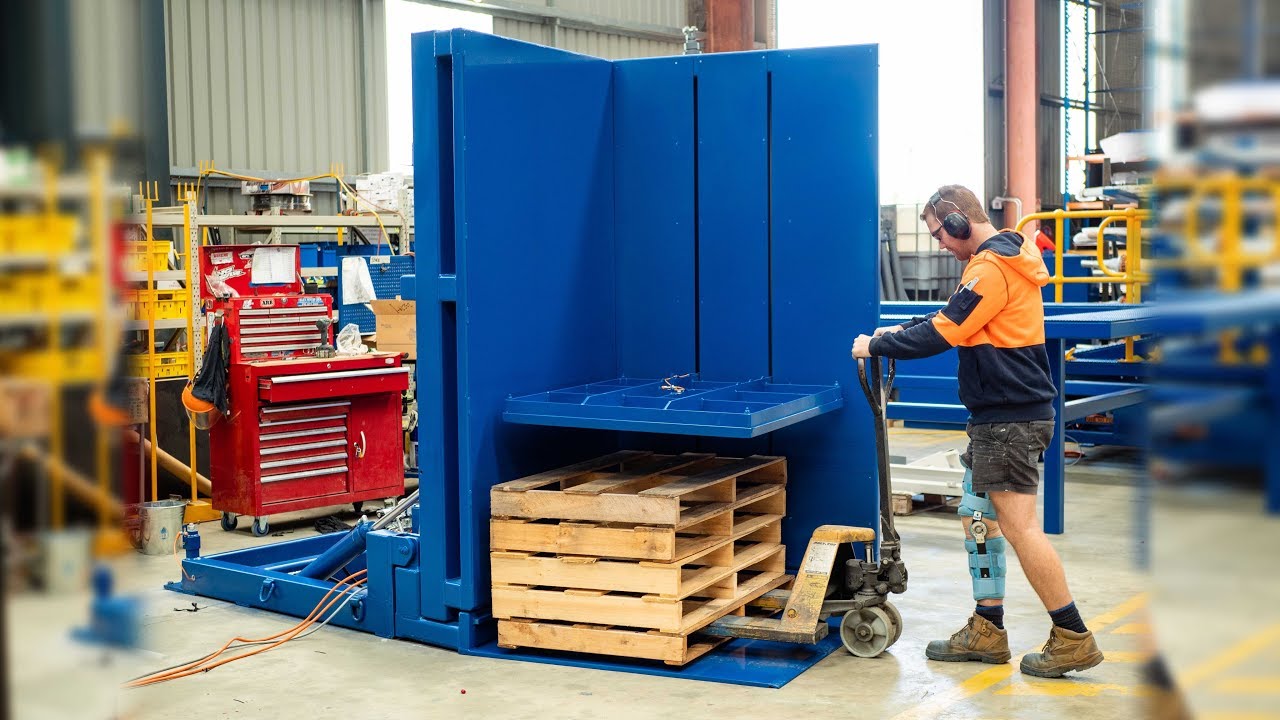
The Shift from Reactive to Predictive Maintenance
For decades, maintenance has been reactive (something breaks, we fix it) or preventive (we replace parts on a fixed schedule, whether they need it or not). Both approaches result in unnecessary downtime. The future, which is available today, is predictive maintenance. It's about using data to understand the real health of your equipment. A modern automated line is filled with smart sensors. Vibration sensors on motors can detect a bearing that is starting to fail. Temperature sensors can flag an overheating gearbox. Cycle counters track the exact workload of every component. This data feeds into a simple dashboard that alerts your maintenance team weeks or even months before a failure occurs. This allows you to schedule a repair during planned downtime, order the correct part in advance, and turn a potential crisis into a routine, five-minute fix. This is exactly the kind of smart operation that separates industry leaders from the rest.
Designing for Durability: An Engineer's Perspective
When I left my job as an engineer to start my own factory, I carried all the frustrations I had heard from clients over the years. The number one complaint was always about downtime caused by cheap, unreliable components. That's why, from day one, my focus has been on durability. It's a simple philosophy: an investment in better components upfront saves you ten times that amount in avoided downtime later. We use oversized bearings, stronger chains, and PLCs and motors from globally recognized, reliable brands like Siemens or Allen-Bradley. It may add a small percentage to the initial cost of the machine, but it prevents that dreaded phone call at 2 a.m. telling you the entire line is down. A machine should be a productive asset, not a constant headache.
| Metric | Old Manual/Semi-Auto System | New Automated System |
|---|---|---|
| Mean Time Between Failures (MTBF) | Low / Unpredictable | High / Predictable |
| Mean Time To Repair (MTTR) | High (Hard to diagnose) | Low (Fast diagnosis, easy access) |
| Spare Part Availability | Difficult / Obsolete | Standardized / Readily Available |
| Diagnostic Capabilities | None / Manual Inspection | Integrated / Remote Access |
This is the stark difference. You move from a state of uncertainty to a state of control. You can finally manage your maintenance proactively, maximizing the productive life of your assets and ensuring your plant runs smoothly.
Can a Modern Packing Line Help Meet Stricter Environmental and Safety Standards?
As a business leader, you know that governments and communities are enforcing stricter environmental and safety regulations every year. Meeting these standards is no longer optional. It's a critical part of being a responsible, modern enterprise that can attract top talent and loyal customers. The packing and shipping area, with its heavy loads and manual processes, can be a high-risk part of your operation. An accident involving a multi-ton steel coil or a fine for improper waste disposal can be incredibly costly, both in terms of direct financial penalties and the long-term damage to your company's reputation. Manual handling of heavy steel coils is an inherently dangerous task that exposes your employees to significant risk. The good news is that automation is one of the most effective tools available to engineer these risks out of your process. It creates a safer environment for your people and a cleaner, more efficient process for the planet.
Yes, a modern packing line is a powerful tool for improving both environmental and safety compliance. It can reduce material waste, such as plastic stretch film and steel strapping, by up to 25% through precise, computer-controlled application. At the same time, it dramatically enhances workplace safety by fully automating the handling and securing of heavy coils, eliminating the most dangerous manual tasks and significantly reducing the risk of serious accidents.
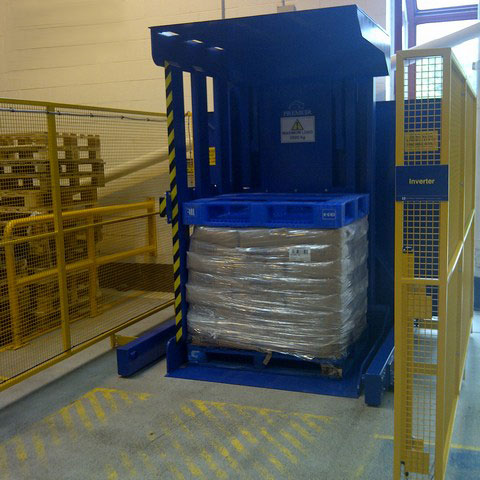
Engineering Safety into the System
Safety shouldn't be an afterthought; it should be built into the core design of the machine. I'll never forget a visit I made to a steel plant early in my career. I watched a worker standing dangerously close to a massive steel coil, manually feeding strapping material around it. I remember thinking that one small slip, one moment of inattention, could lead to a catastrophic, life-altering injury. That image has stuck with me ever since.
Today, when we design an automated packing line, the very first step is to map out a "no-go" zone for personnel. The entire process—from the moment the coil arrives on the conveyor to the moment it leaves, fully wrapped and secured—is handled by the machine within a protected area. Modern systems are equipped with a suite of safety features as standard:
- Light Curtains: These create an invisible barrier that immediately stops the machine if a person or object crosses it.
- Safety Fencing: Physical barriers prevent accidental entry into the machine's operating area.
- Emergency Stops: Multiple, easily accessible E-stops are placed around the line.
- Automated Handling: The system automatically lifts, rotates, and moves the coil, eliminating the pinch points and crush hazards associated with manual work.
The Environmental ROI: Less Waste, Better Image
A modern packing line also delivers a strong environmental return on investment. The key is efficiency and precision. For instance, our wrapping machines use a powered pre-stretch head. This technology can stretch every one meter of film into three or four meters as it's being applied to the coil. An older machine, or a manual application, simply can't achieve this. This feature alone can cut your plastic film consumption in half, which is a direct saving for you and a significant win for the environment. The same principle applies to other materials like strapping or corner protectors. The machine applies exactly what is needed, no more, no less. This reduction in waste not only lowers your costs but also helps you meet sustainability goals and strengthens your corporate image. It's a clear signal to your customers and your community that you are a forward-thinking, responsible industrial leader.
How Does an Automated Packing Line Integrate with Your Digitalization Strategy?
You have an ambitious goal to create a truly smart factory. You are investing in a Manufacturing Execution System (MES), deploying IoT sensors, and building a data analytics platform to achieve total production visibility. In this vision, every piece of new equipment must be a smart, contributing member of the ecosystem, not an isolated island of technology. A "dumb" machine that cannot communicate with your other systems creates a black hole in your data. You can't track its production, you can't monitor its efficiency, and you can't see how it impacts the rest of your line. A non-integrated machine actively undermines your entire digitalization investment. A modern automated packing line, however, is built to be a smart, connected asset. It is designed from the ground up to integrate seamlessly with your factory's digital nervous system, providing a stream of valuable data to drive smarter decisions.
An automated packing line is designed to integrate directly with your digitalization strategy by serving as a critical data source for your MES and ERP systems. Using standard industrial communication protocols like OPC-UA or Profinet, it provides a real-time stream of data on production counts, cycle times, material consumption, and machine health. This integration eliminates data silos and provides the comprehensive, plant-wide visibility needed for true data-driven management.
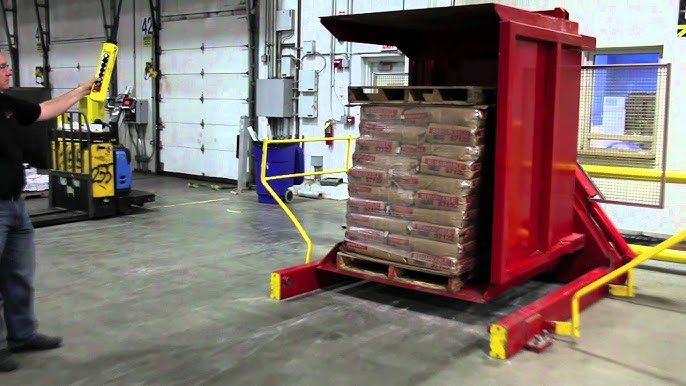
From Isolated Machine to Integrated Data Node
The "brain" of any modern automated machine is its Programmable Logic Controller (PLC). In the past, this brain only talked to the machine itself. Today, it is designed to talk to the entire factory. Using standard, open communication protocols—like the language of the modern factory floor—the packing line can share its status and production data with any other system you have. This turns the machine from an isolated piece of equipment into a rich data node in your factory's network.
Here are just a few of the data points your new packing line can automatically feed into your central systems:
- Coil Identity: By integrating a barcode or QR code scanner, the line knows exactly which coil it is processing.
- Weight and Dimensions: Integrated scales and sensors capture the exact specifications.
- Packing Recipe: It records the exact wrapping program, materials, and parameters used.
- Timestamps: It logs the precise start and end time for every single coil.
- Alarms and Stoppages: Any interruption is logged with a reason code, allowing you to identify and fix recurring issues.
What Can You Do With This Data?
Collecting data is easy. The real power comes from using it to improve your business. When your packing line is fully integrated, you unlock a new level of operational control. I worked with a large steel processor in Mexico who provides a perfect example. They integrated our packing line directly with their MES. For every coil they packed, they generated a unique QR code that contained all this production and quality data. Their logistics team could then scan that QR code in the warehouse or on the truck and instantly know everything about that specific coil. It completely eliminated shipping errors, simplified inventory management, and gave them full traceability from production to their end customer. This is what integration makes possible:
- Real-Time Production Visibility: Your production manager can see exactly how many tons have been packed this shift from a dashboard in his office.
- Total Quality Control: You can trace a customer complaint about a damaged coil back to the exact time it was packed and see the exact wrapping parameters that were used.
- Automated Cost Management: Your ERP system can automatically deduct the exact amount of stretch film and strapping used from your inventory, giving you a perfect, real-time view of your costs.
- Data-Driven Maintenance: All the machine health data we discussed earlier can be fed directly into your maintenance platform to automate work orders and predict failures.
This level of integration is no longer a futuristic dream. It's a practical and achievable step that is essential for any steel mill that wants to remain competitive for the next 20 years.
Conclusion
Investing in an automated coil packing line is a decisive step towards higher efficiency, lower costs, and a smarter, safer factory. It's not an expense; it's a strategic move.




